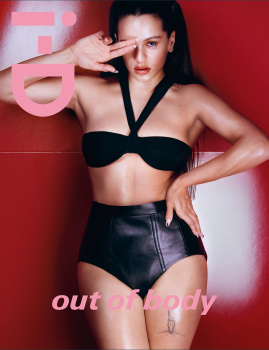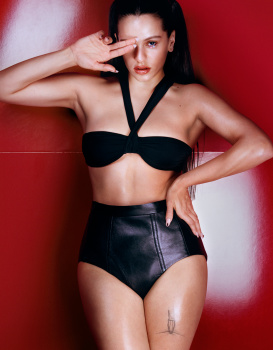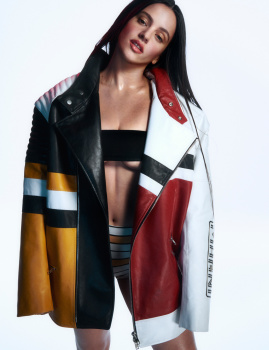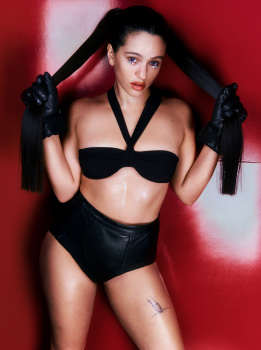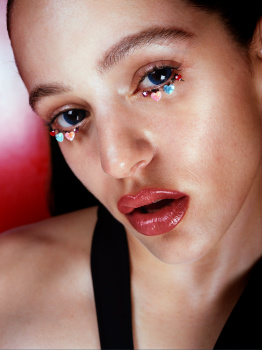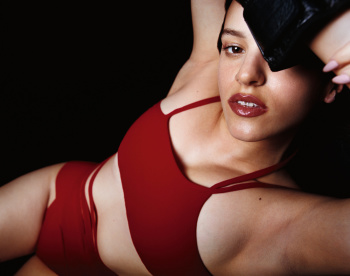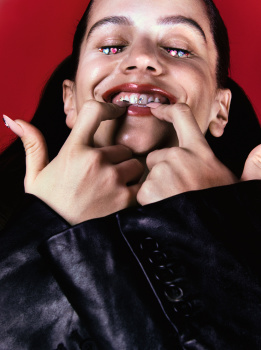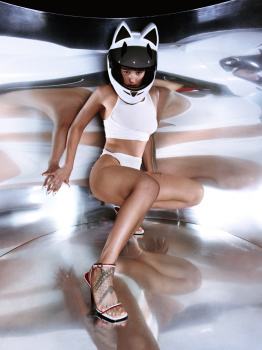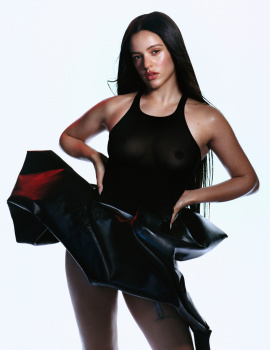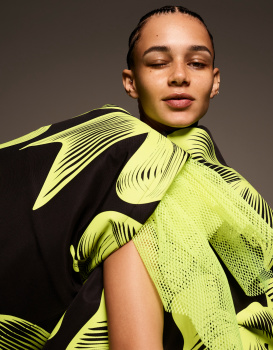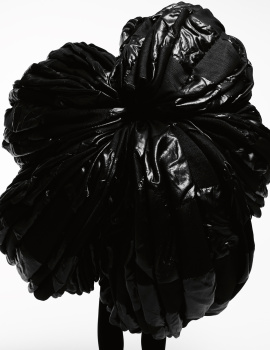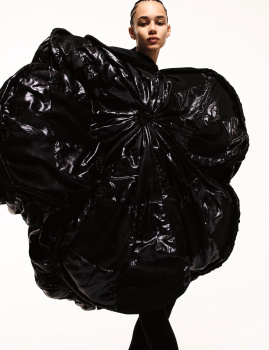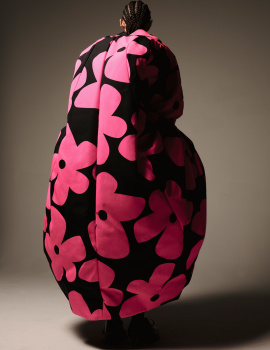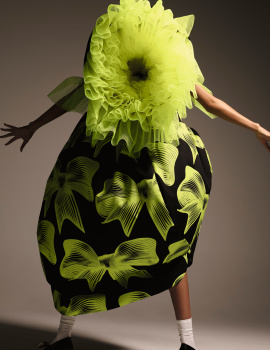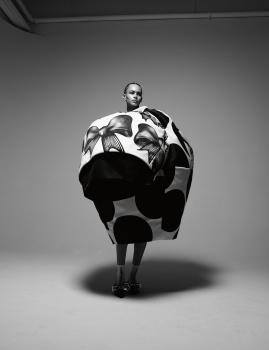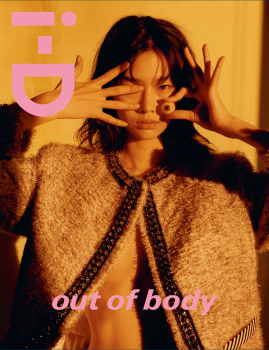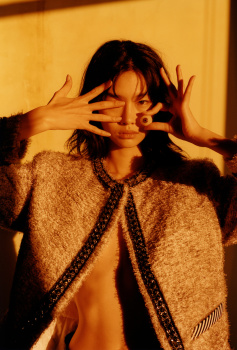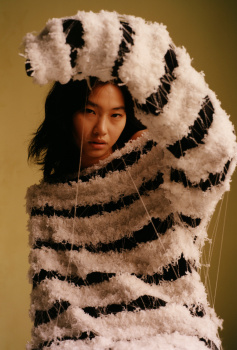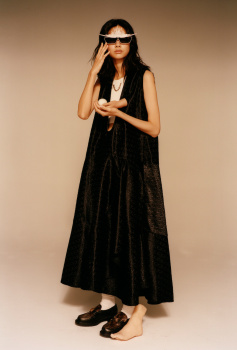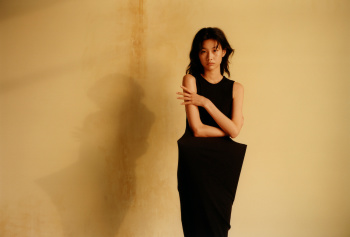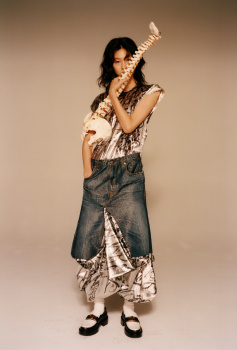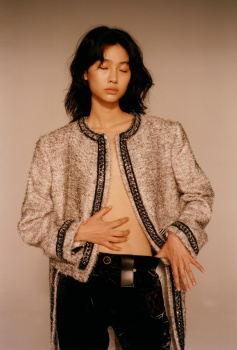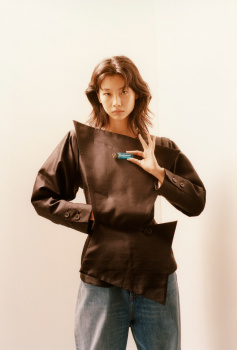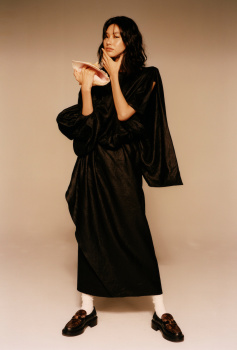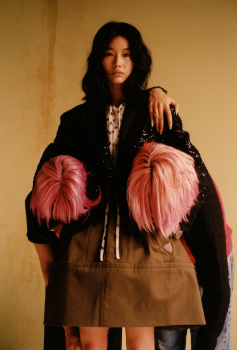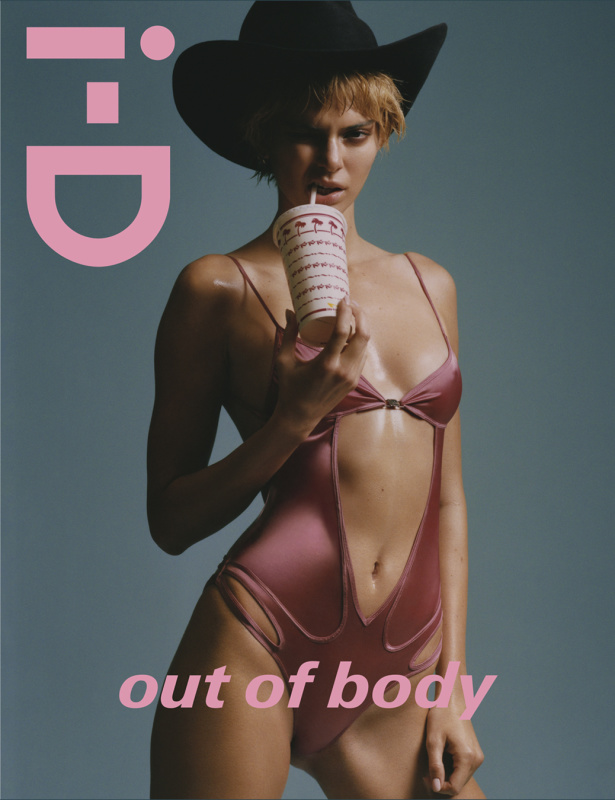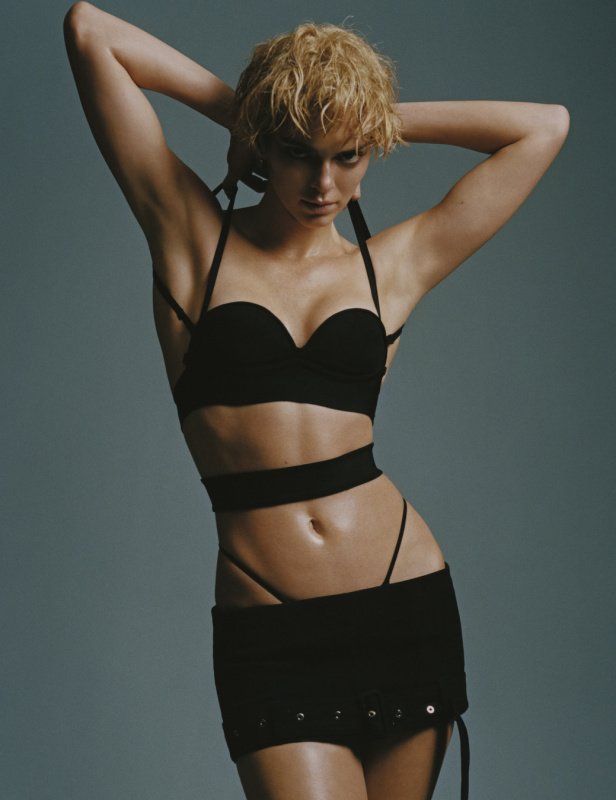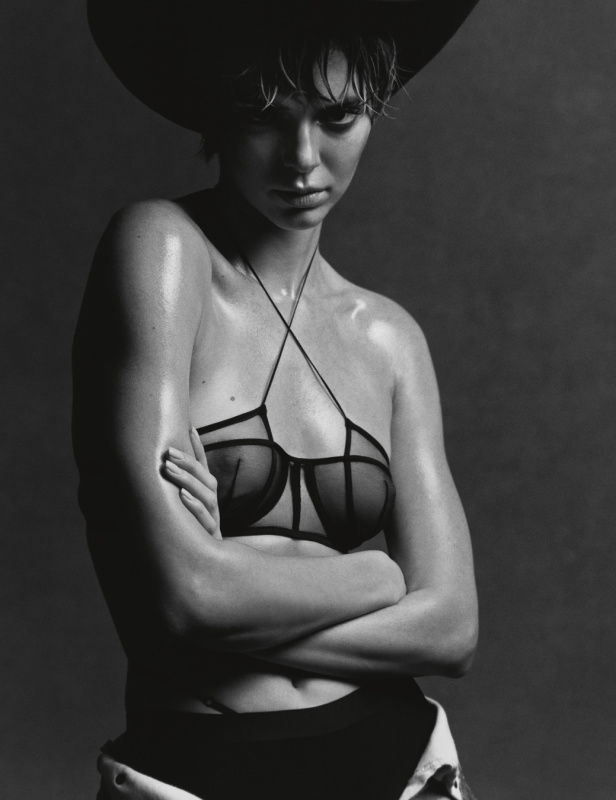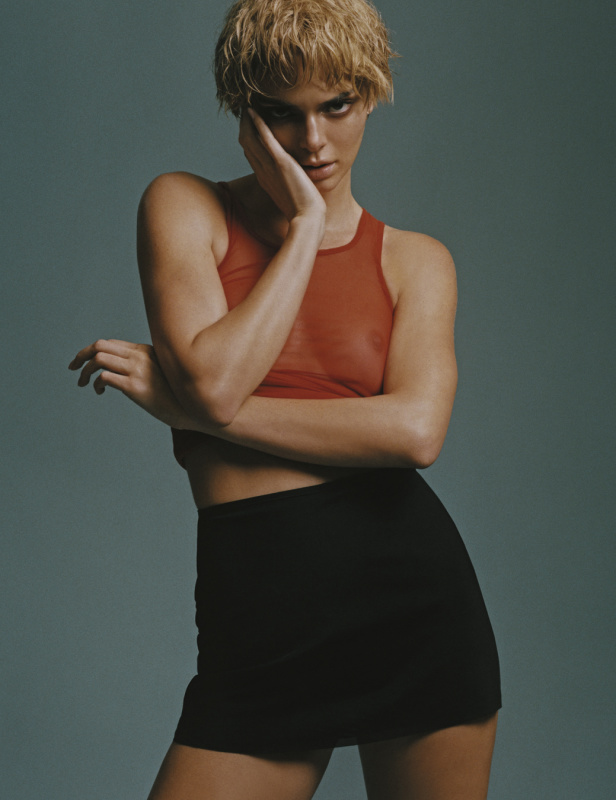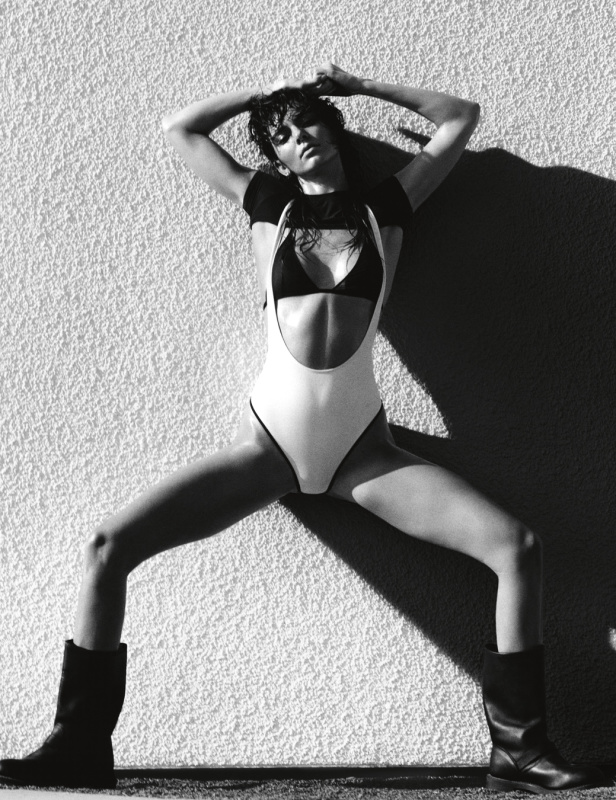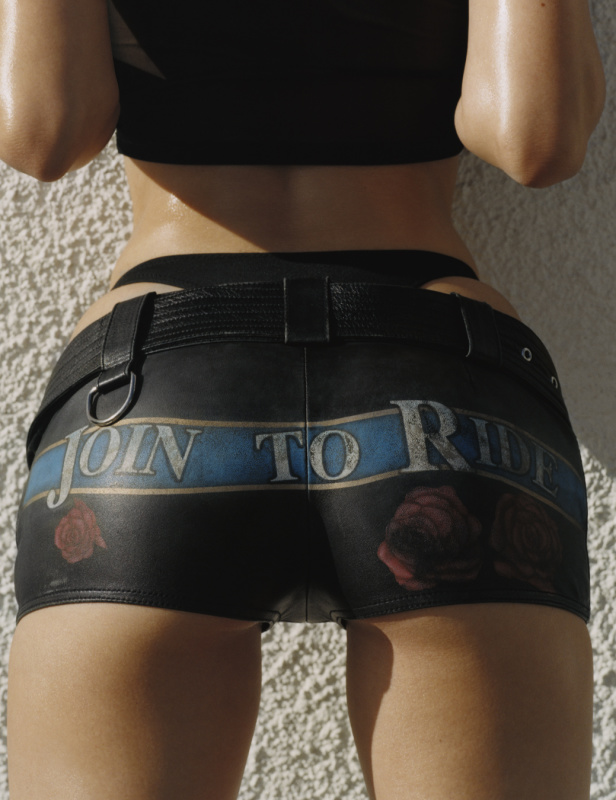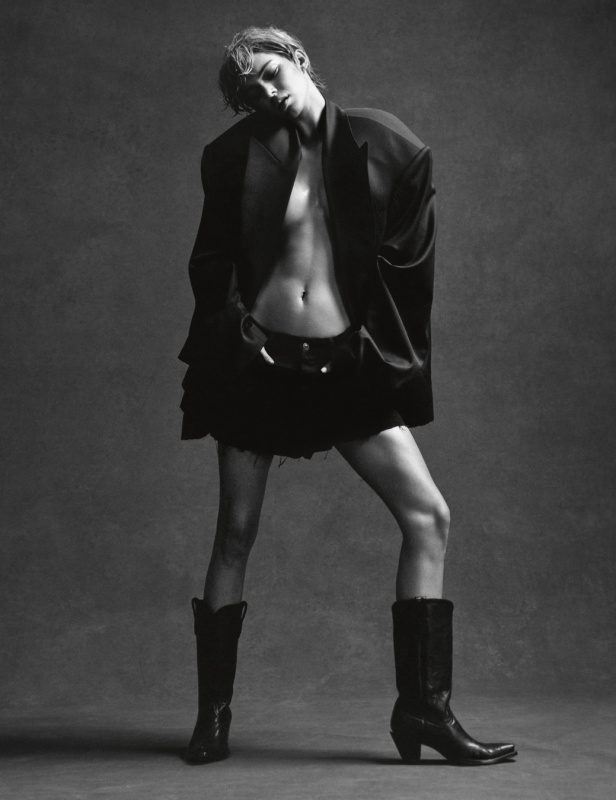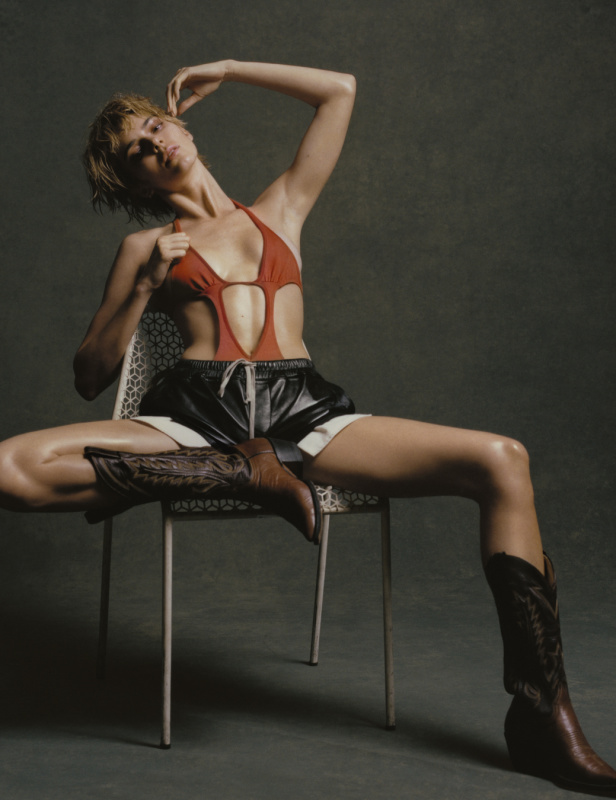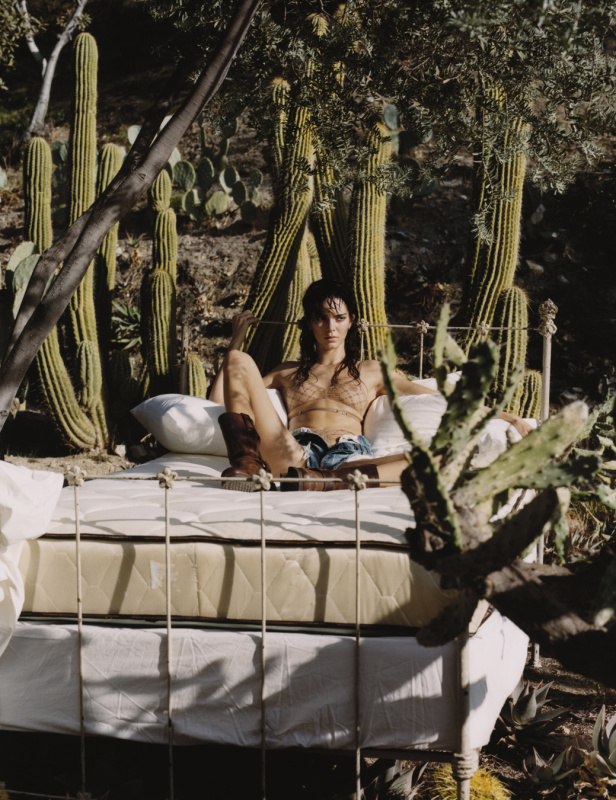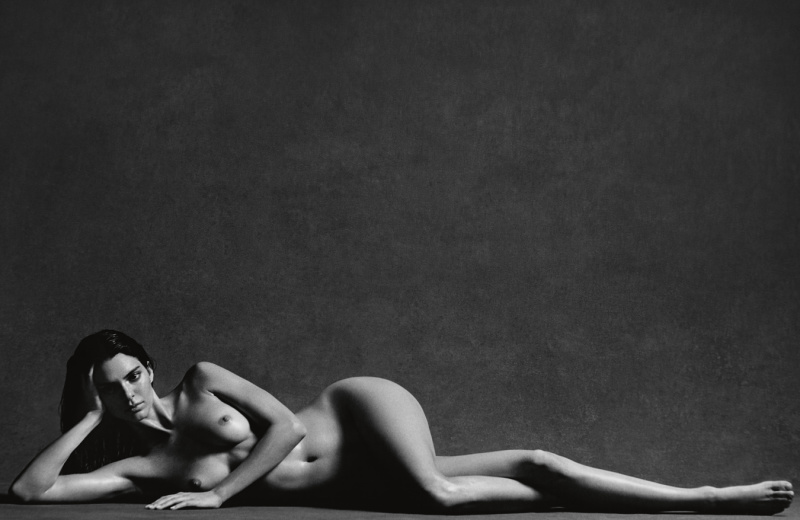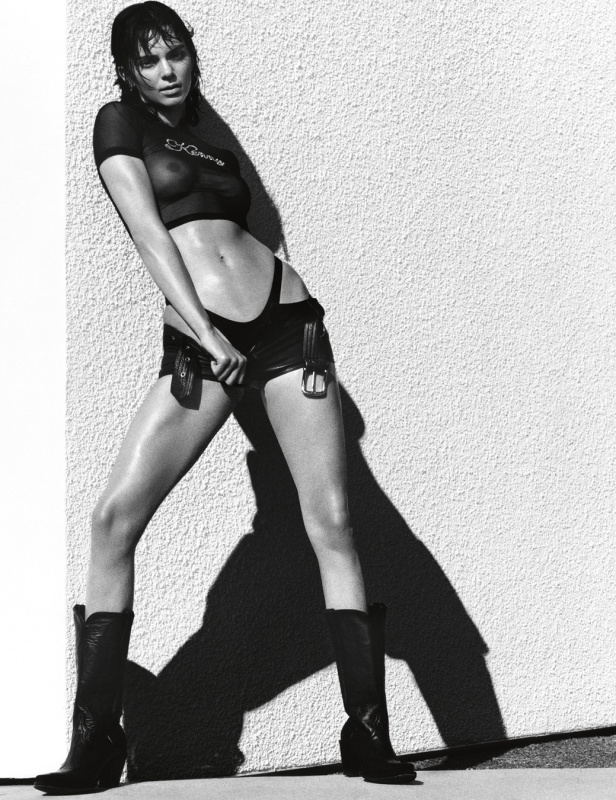KoV
The Fault in Our Czars
- Joined
- Sep 17, 2009
- Messages
- 6,437
- Reaction score
- 9,989
I do think that i-D cover story deserves some tearing down because it adds NOTHING new to the representation of larger people in fashion, it's just another half-nude editorial, because they're too lazy to find ways of properly styling people to look great, but they'll make out it was a deliberate decision that somehow adds something of value to the situation.
People want to wear clothes to look good and feel great. People of every size deserve to be able to wear clothes that make them feel good. Endless fashion editorials where the person is naked or under-dressed is not helping people. People don't go to university or work or the supermarket half-naked. People trying to get taken seriously as political representatives are not being helped by fashion magazines constantly depicting larger women as half-naked as standard.
This is something that Edward gets right - his use of larger models sees them inhabit the same fashion landscape as every other model. They can be seen in the same shoot as Karen Elson. They appear in editorials where they keep their clothes on from start to finish. He gives them covers where they are shot in the same way as every other model. Tess McMillen, Precious, Paloma. He has been a big supporter of these girls, and while he might be using them for clout, he has never treated them like a freak show.
Given that i-D has offered us an alternative cover where a teen is made to look like trade, the level they're working at here is not about sophistication or helping the human race to progress.
I don't disagree with most of what you've said, you make several good points. I also really dislike Paloma's cover here and most of the accompanying editorial is rubbish, too. But criticizing the aesthetics of the cover, as you have done, and hurling insults at the cover model for her size are two very different things in my book. And I get what you're saying about giving women realistic options for how to dress. But at the same time, when 50-something Nicole Kidman wore her cropped Miu Miu school girl look on Vanity Fair, even if not everyone liked it, no one was attacking Nicole personally or complaining that women her age in real life shouldn't and don't wear that sort of thing. People understood that there was an artistic element to it, that not every image seen in a magazine is meant to be replicated by the reader. So when a plus size model wears a cropped top with her boob hanging out the bottom looking like she's been on a 4-day-bender, I don't think it's meant to be understood as a literal styling suggestion to all plus sized readers.
It does often feel that magazines struggle with featuring plus sized models (and celebrities), either covering them head to toe, cropping their body out of the photo, or going the opposite route and making the photos about their body often in a sexually provocative way. For some reason I immediately thought of Tom Ford, his films are populated entirely by slim beautiful people with 1 exception - the random, naked dancing sequence at the start of Nocturnal Animals. I feel that sort of encapsulates how plus sized women have historically been treated by the upscale fashion industry. I think there's a tendency (and I'm sure there are studies and loads of anecdotes from plus sized women to back this up) of people to sexualize larger (female) bodies if they're wearing anything with a shape or showing any skin. How many times have we seen Anja (love her, this is not a criticism) naked? Yet she's not reduced to that, she can be all things. So why can't Paloma? Certainly she's been featured many times by people like Edward, as you said, or Anna and others (including this month!) in rather ordinary and wearable clothes, the kind in which many women live their lives. Users here may not be vocally criticizing her in those cases because the photos are deemed relatively inoffensive, but I feel certain the same feelings of disgust or "this just shows how far society is slipping!" attitudes remain, outwardly expressed or not, no matter what she wears.
People rightfully complain about ageism in the fashion industry, and I think we all agree it's an issue. The argument is often that women beyond a certain age have the resources to consume the products magazines push, so why don't they see themselves reflected in the pages? Shouldn't the same hold true for plus sized women? Despite stereotypes, being a plus sized woman doesn't mean you're sloppy, penniless, and dress dress exclusively from Walmart. Magazines and fashion brands are businesses and they exist to sell product. Entirely leaving out a group of many millions of consumers because you think their bodies aren't aspirational is bad business, at the very least, in 2022. Fashion and luxury fashion consumers come in all sizes.
Last edited:

